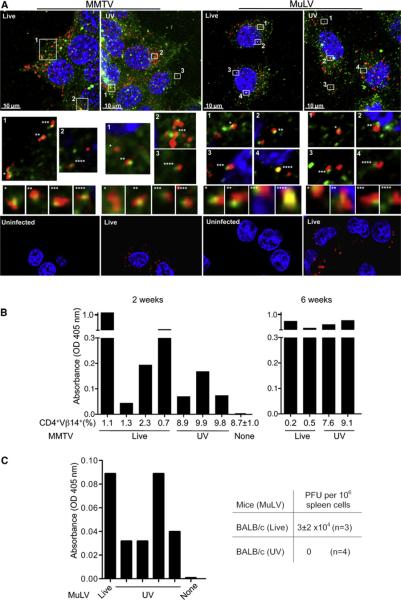Figure 3. Retroviral Entry Is Necessary and Sufficient to Stimulate an Antivirus Immune Response.
(A) Live or UV-irradiated MMTV or MuLV were incubated with NMuMG or XC cells, respectively. Cells were stained with Abs against the late endosomal marker Rab7 (green) and respective viral Gag proteins (red). Top: Maximum intensity 3D reconstruction of z-stacks. Middle: Enlarged single 0.2 μM thick optical slices of boxed areas. Asterisks indicate colocalization of viral Gag and Rab7; corresponding images with orthogonal views (XZ projection) are shown below. Bottom: Uninfected cells and cells infected with live virus were stained with Abs against Gag (red). In all panels, nuclei were stained with DAPI (blue). Three independent experiments were performed.
(B and C) I/LnJ mice were injected with live or UV-irradiated MMTV (B) or MuLV (C). Deletion of SAg-cognate CD4+Vβ14+ T cells (shown as percent of all CD4+ T cells) was used as a read-out for MMTV infectivity. ELISA was utilized to screen sera for Abs reactive against virion proteins.
(B) In experiment 1, mice were analyzed 2 weeks after injection; in experiment 2, mice were analyzed at 2–6 weeks after injection (6 week time-point is shown).
(C) Ab reactivity against MuLV virion proteins was tested 2 weeks after injection (left). Goat anti-mouse Abs coupled to alkaline phosphatase (AP) were used at the second step. None: uninfected I/LnJ mice. Bars correspond to individual mice. To confirm lack of replication capability of UV-irradiated virus, BALB/cJ mice were injected with UV-irradiated virus (or live virus as control) and their spleen cells were subjected to XC-PFU test 6 weeks postinjection (right). n, number of mice tested in a single experiment.

